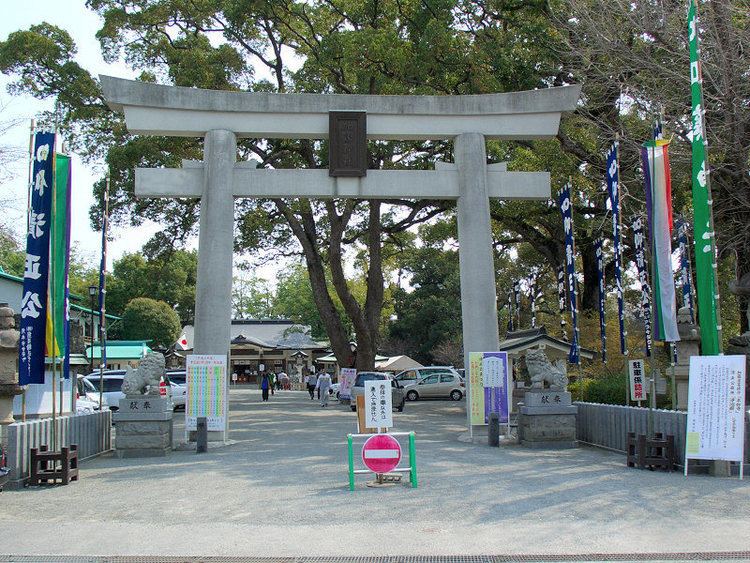Type Prefectural Shrine Phone +81 96-352-7316 | Website www.kato-jinja.or.jp | |
 | ||
Founded 1871, as Nishikiyama Shrine Similar Hosokawa Mansion, Sakuranobaba Johsaien, Kumamoto Castle, Suizen‑ji Jōju‑en, Fujisaki Hachimangū Profiles | ||
Kengun shrine the oldest traditional shrine in kumamoto city
Katō Shrine (加藤神社, Katō-jinja) is a shrine in Kumamoto Castle, Chūō-ku, Kumamoto, Kumamoto, Japan, in which, daimyo or powerful territorial lord Katō Kiyomasa (1562–1611) is enshrined. Alongside Ōki Kaneyoshi and Kin Kan, who made junshi, are enshrined.
Contents
- Kengun shrine the oldest traditional shrine in kumamoto city
- History
- Festivals
- ki and Kin
- Features and Memorials
- Memorials
- Small shrines
- References
History
Festivals
Ōki and Kin
Features and Memorials
Katō Shrine is located best to view the three high buildings of Kumamoto Castle.
Memorials
Small shrines
References
Katō Shrine Wikipedia(Text) CC BY-SA
